Different Types Of Resistance Bands & The Best One For You
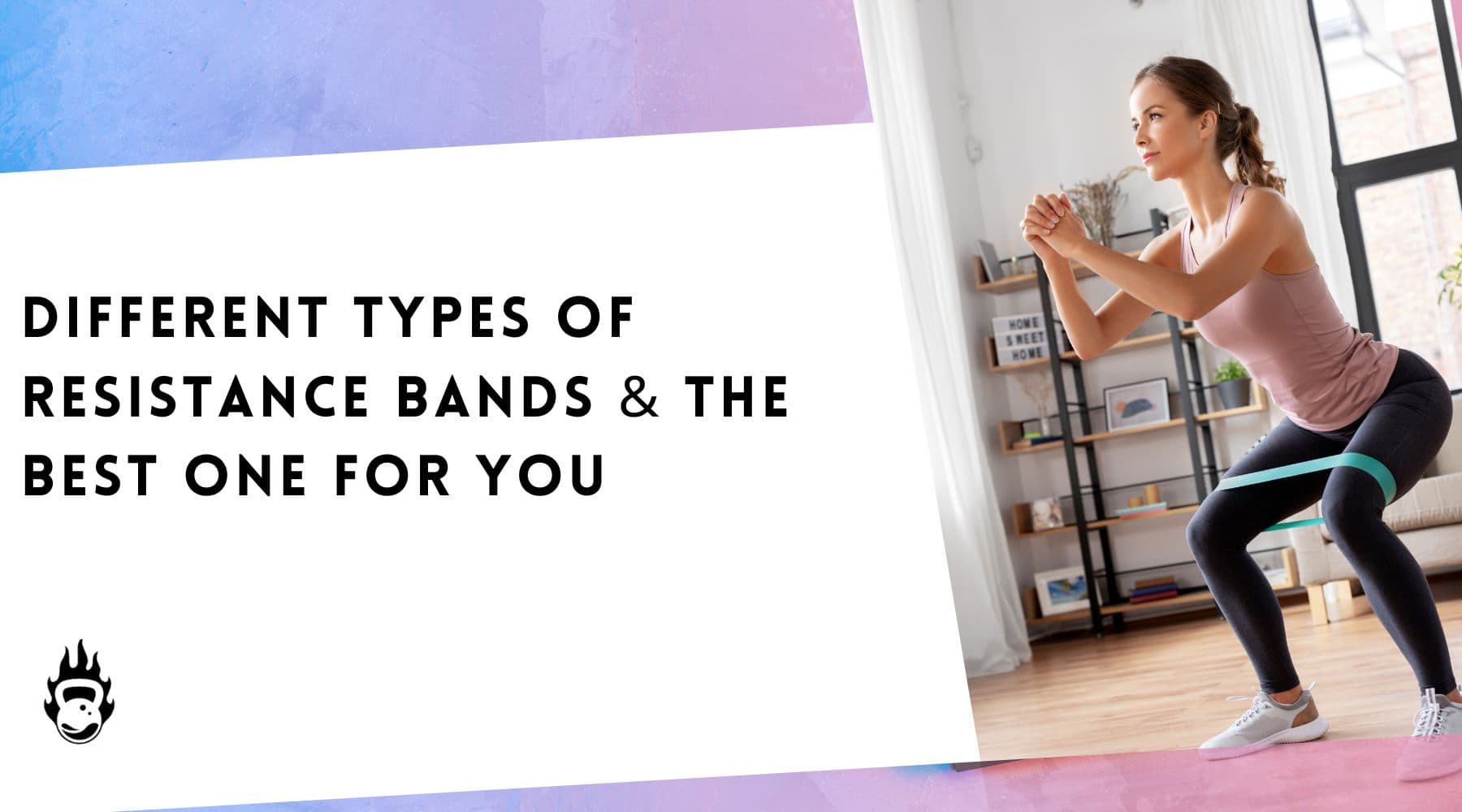
Resistance bands are one of the most versatile, cost-effective, and portable fitness tools out there. They strengthen your muscles, improve your flexibility, help stretch and warm up your muscles before a workout, help in rehabilitation, and so much more.
Resistance bands weigh nothing compared to dumbbells and other free weights and yet pack an equally effective punch, if not more.
If you’re looking to add resistance bands to your workout arsenal, then you need to know all about the different types of resistance bands, and their uses and benefits, so that you can make the right choice.
And that’s exactly what we’re going to cover in this blog.
Let’s get into it!
Types of resistance bands
1. Resistance tubes / Tube bands
Who needs the gym when you have resistance tubes to do the job?!
Resistance tubes are tube-shaped, cord-like bands made of dense rubber with two plastic handles on each end. They come in varying colors and resistance levels and usually come with accessories such as ankle or wrist cuffs and a door anchor.
These resistance bands with handles are as good as a dumbbell and cable pulley machine rolled into one. They are excellent for strengthening your upper body, legs, abs, back, and arms.
Features
- Most resistance tubes are about 4.5 feet long (54 inches) long when measured from one handle-tip to the other.
- The resistance range for most sets ranges from 10 to 50 pounds.
- The resistance range for each tube is usually small, around 5 pounds (due to the taut nature of these bands).
- You can stack multiple bands together to increase the resistance to any desired level.
Benefits
- The handles on these tubes make it very convenient to perform full-body workouts.
- The door anchor makes it easy to do standing chest presses, standing decline chest presses, chest flyes, back rows, etc.
- Use the ankle cuffs for exercises like knee drives, shin raises, standing hip abductors, and more.
Suitable for
- Push exercises that work your upper body – particularly your chest, shoulders, and triceps. These include band-resisted floor presses, lateral raises, triceps pressdowns, etc.
- Pull exercises that mainly focus on rowing movements that target your back and biceps such as band-resisted pull-aparts, bent-over rows, hammer curls, lat pulldowns, and more.
- Rotational exercises
- Supersetting between weightlifting exercises
Buy Burnlab’s 11-pc Resistance Tube set right here.
Related: Which Is Better, Loop Resistance Bands Or Resistance Tubes With Handles?
2. Loop bands /Pull up bands / Power bands
Pull-ups getting the better of you? You don’t need a spotter; pull-up bands to the rescue!
Loop bands or power resistance bands form a complete loop and are specifically designed to assist you in pull-ups and chin-ups.
Say you weigh 90 kg. When you use a pull-up band of 30 kg resistance, you only have to pull up 60 kg instead of your full body weight. This means you can now not only perform a pull-up without straining your arms too much but can also do a lot more reps without sacrificing your form.
Features
- Made of latex.
- Usually 41 inches in length and around 82 inches in circumference.
- The resistance range for a set of 8 bands starting from XX-Light to XXX-Heavy varies from anywhere between 8 kg and 116 kg
Benefits
- Band-assisted pull-ups help strengthen your biceps, lats, trapezius, and rhomboids.
- Fantastic tool for triceps, chest and shoulder exercises, powerlifting, and improving your deadlift performance.
Suitable for
- Pull-up and chin-up assistance
- CrossFit training
- Calisthenics
- Full-body toning workouts
- Stretching and mobility exercises
- Pilates
Buy Burnlab’s Latex Pull-up bands right here.
Buy Burnlab’s Fabric Resistance Bands right here.
3. Hip bands / Booty bands
Want a booty to kill for? Or the hips of a runner? These bands are for you!
Hip bands a.k.a. Hip circle bands, glute bands, or booty bands are specially designed to wrap around your thighs or below your knees. They fire up the muscles in your lower body, particularly your legs, glutes, quads, and hips.
Features
- Made of tough fabric that doesn’t slip or roll up on your skin.
- Thicker than loop bands.
- Comes in a set of 3 bands (light, medium, and heavy) that vary in resistance from 3 to 14 kg.
- The lengths of the bands vary from 33 to 43 cm.
Benefits
- Activates all 3 glute muscles, especially during exercises such as deadlifts, hip thrusts, and squats. (We’re talking 10x activation here!) The result: a super strong butt!
- Helps maintain your form during your squats etc. as your legs are forced to stay active. This means your knees don’t push in or out and hence lower the chances of injuries too.
- Targets all your hip muscles by going through the various motions the hip joint is capable of (flexion, extension, abduction, adduction, and external/internal rotation). This results in stronger and more stable hips which translate to better running, jumping, and the ability to transfer force from your lower body to your upper body. (Runners, are you listening?)
Suitable for
- Priming your lower body muscles with exercises like ham raises, glute bridges, and kickbacks.
- Booty-toning workouts which include exercises such as band walks, clamshells, hip abductors, etc.
Buy Burnlab’s Fabric Hip Bands set right here.
4. Mini loop bands
Mini bands. Major gains!
Similar to hip bands, mini loop bands are also short looped bands. Slide them around your thighs, ankles, or knees, and give your lower body a serious workout!
Features
- Made of latex.
- Not as wide as fabric hip bands.
- Usually 25-30 cm (10-12 inches) long with a circumference of 50-60 cm (20-24 inches).
- Comes in a set of 4 to 5 bands (X-light to X-heavy) with resistance ranges varying from 2 to 20 kg.
- Stretch more as they have less resistance compared to fabric hip bands.
Benefits
- Excellent tool for runners as these bands target your gluteus medius which results in stronger and more stable hips and thighs.
- Also great for upper body workouts. Use them in exercises including lateral raises, triceps extensions, single arm extensions, rows, etc.
Suitable for
- Glute-activation exercises such as lying leg hip abductions, monster walks, banded crab walks, etc.
- Scapula slides which are a great way to warm up your shoulder before you hit the weights.
5. Figure 8 resistance bands
Figure 8 bands look exactly like the number 8 and hence the name. They consist of 2 loops with soft plastic handles at either end of the “8”.
This design makes it convenient to strength train both your upper and lower body. Why? Because unlike regular long loop bands you don’t have to loop it, wrap it, or try to shorten it (to increase the resistance) to perform various exercises.
Features
- Around 20 inches long.
- Their range of resistance varies from 3.6-9 kg (8-20 lb.) per kit.
Benefits
- The handles give the much-needed grip for exercises such as leg lifts, reverse flyes, chest flyes, back rows, bicep curls, one-arm rows, etc.
- Wrap this band over a stable object to work one side at a time, and give your arms, shoulders, and back a deep stretch.
Suitable for
- Upper-body exercises like concentration curls that have a limited range of motion.
6. Ring resistance bands
A ring resistance band resembles a chain with links. Each of these links works as a handle that provides varying levels of resistance.
For instance, if you place your hands at either end of the band, the resistance would be the least. As you come closer to the center of the band, the resistance keeps increasing.
The advantage of the ring resistance band is that one band is sufficient for all levels of users, unlike loop bands where you require a set.
Features
- Usually made of latex.
- Consists of 6 to 11 rings.
Benefits
- Perfect for all levels of users. As a beginner, you could start with the outer rings and slowly progress to moving your hands/feet towards the center for larger resistance.
- Fold the band in half for extra resistance.
- Place your thumbs in the smaller holes (adjacent to each ring) to gain a better grip during your workouts.
- Loop around your hands, feet, ankles, or wrists to focus on particular muscle groups.
- Can be used to work your hands, arms, neck, shoulders, stomach, joints, feet, and legs.
Suitable for
- Stretching, toning, and conditioning your entire body.
- Warming up for sports, Yoga, and other exercises.
- Adding resistance to your CrossFit training, personal training, MMA workouts, etc.
7. Lateral resistance bands
Lateral strength on your fitness agenda? These bands are just the thing!
Lateral resistance bands look a bit like long handcuffs except they are for your ankles. These bands are great for strengthening your glutes, especially the gluteus medius which keeps your hips and knees stable and thus prevents injury.
Features
- Around 1 foot long.
- Has padded adjustable cuffs on either end.
Benefits
- Increases lower body strength and power.
- Improves first-step quickness (the first part of acceleration from a stopped position).
- Enhances lateral speed, agility, and balance.
- Improves knee joint stabilization and ankle stability.
- Excellent training tool for all types of sports drills, especially for defensive drills in basketball.
Suitable for
- Sports-specific training and conditioning for basketball, football, soccer, etc.
- Strengthening your glutes with exercises like lateral band walks
8. Therapy bands
Suffering from tennis elbow? Or a shoulder dislocation maybe?
Therapy bands can fix all that and more!
Unlike loop bands, therapy bands are open-ended long flat sheets that you can grasp in your hands. They are mainly used for rehabilitation purposes as they help to rebuild strength and stability post-injury, surgery, or illness and also to regain coordination and balance.
The lighter bands are useful in the early rehab stages to target particular muscles. The darker (heavier) bands can be used to work out the bigger muscle groups as you get stronger.
Features
- Made of latex
- Around 5 feet long that can be stretched up to 7 feet.
- Are wider and offer less resistance compared to other types of resistance bands.
- Come in a set of 3 (light, medium, and heavy) with resistance ranges that vary from 1.3- 4.5 kg (3 to 10 pounds).
Benefits
- Ideal for physiotherapy as they can be used to offer resistance to any movement and from any angle, unlike free weights which only offer resistance in one direction.
- Excellent for rehabbing from injuries including runner’s knee, IT band syndrome, Ankle sprains, Hip bursitis, knee injuries, etc.
- Helps to isolate and strengthen affected muscles that can quicken the joint and muscle rehabilitation process post-surgery or injury.
- Aids in improving circulation which in turn speeds up the healing process.
Suitable for
- Rehabilitative exercises
- Stretching
- Warm-up
- Low-impact exercises
- Pilates
Burnlab’s Resistance bands weight chart
Our resistance band weight chart will help you pick the right power bands /pull-up bands that are suitable for your body weight.

Now that you are aware of all the different types of resistance bands and what each one is used for, why not get the best resistance bands right here at Burnlab?
Which resistance band(s) are you planning to buy? Let us know in the comments below!
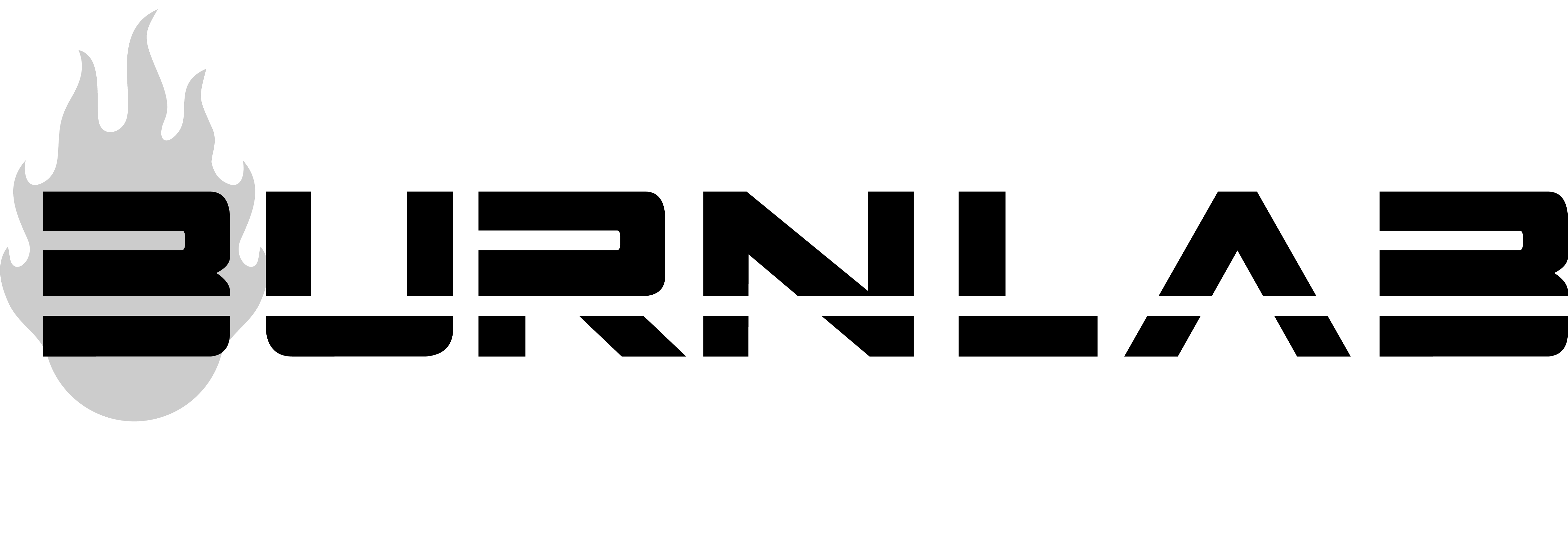

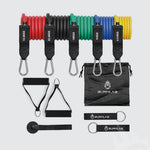
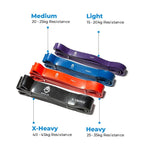
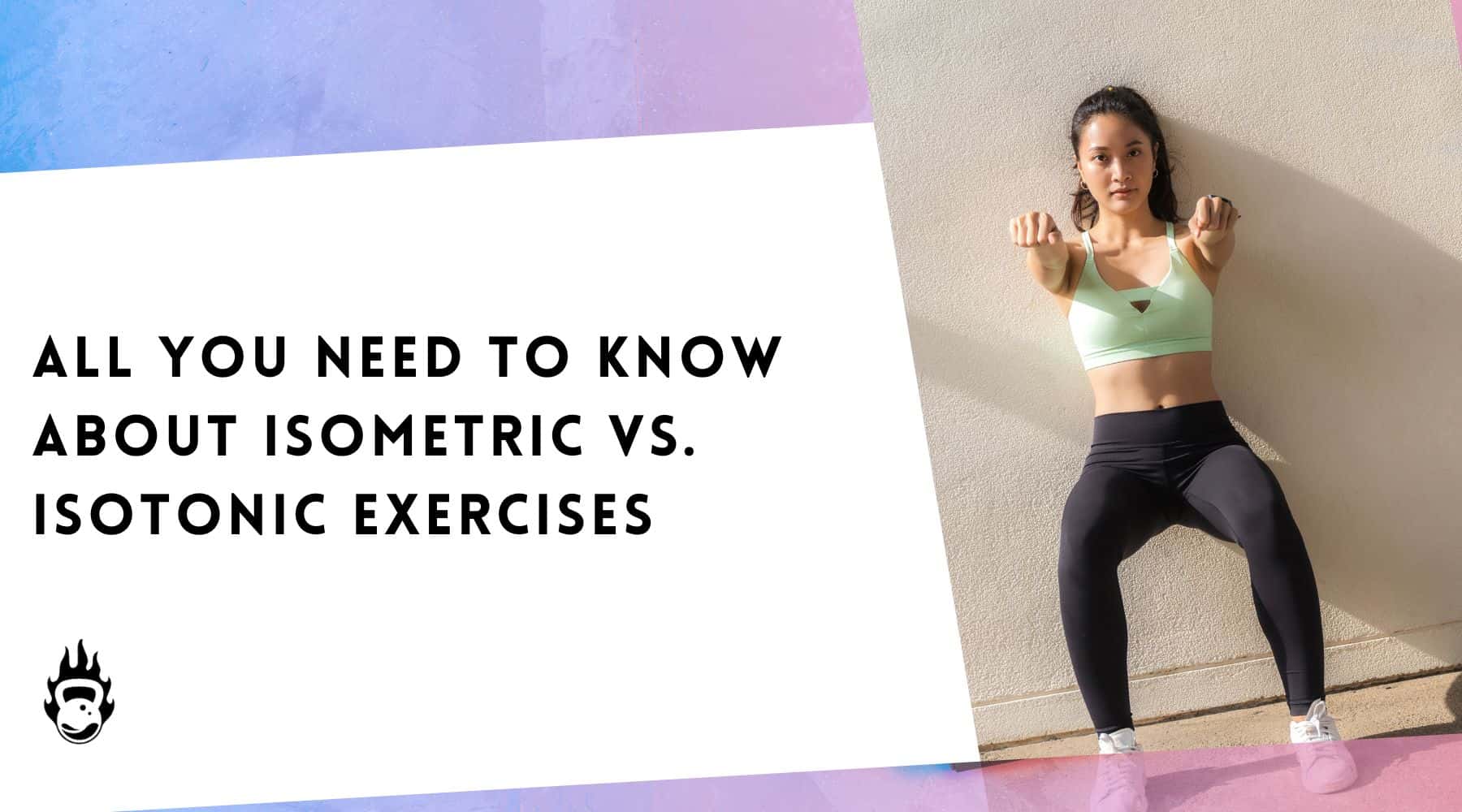
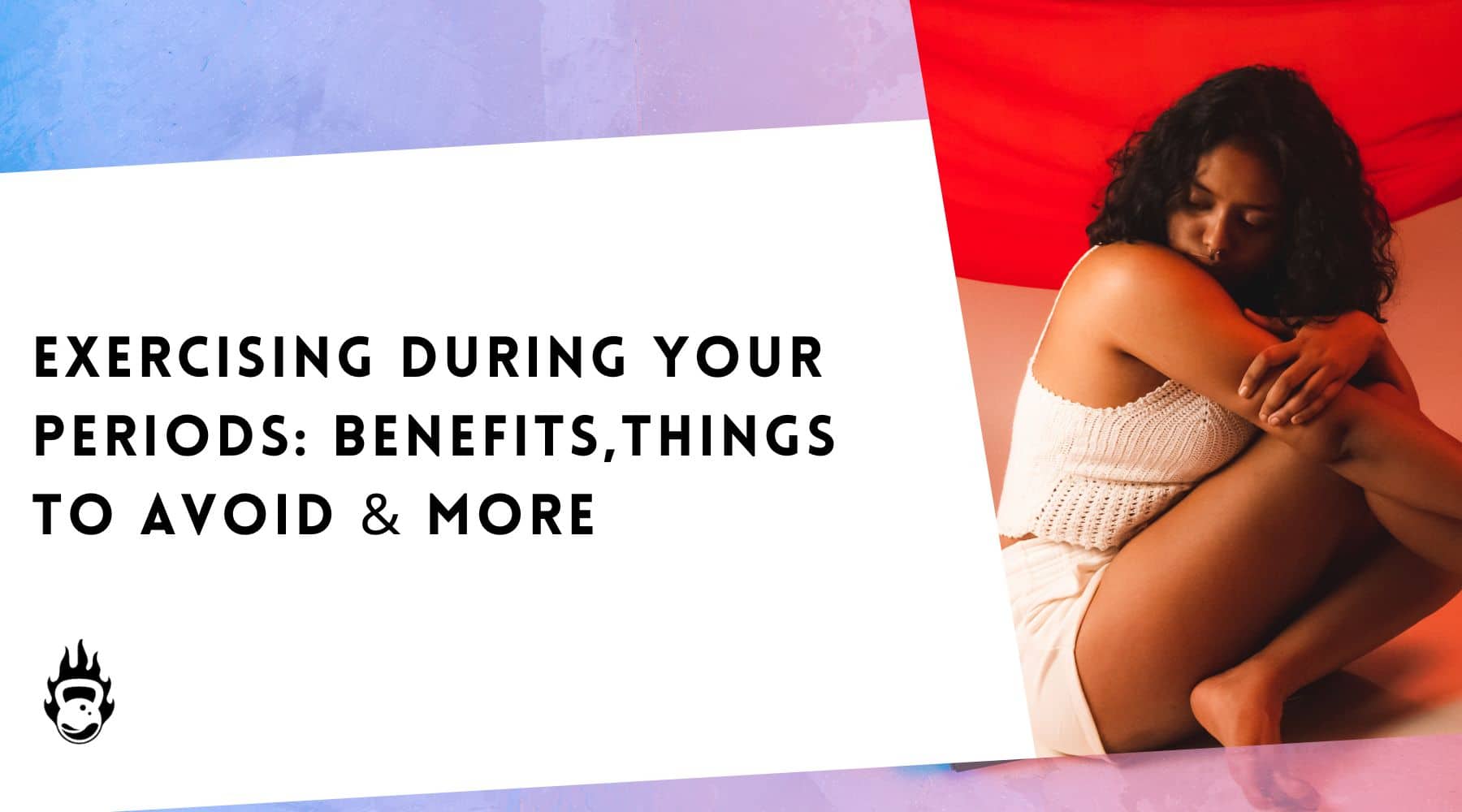
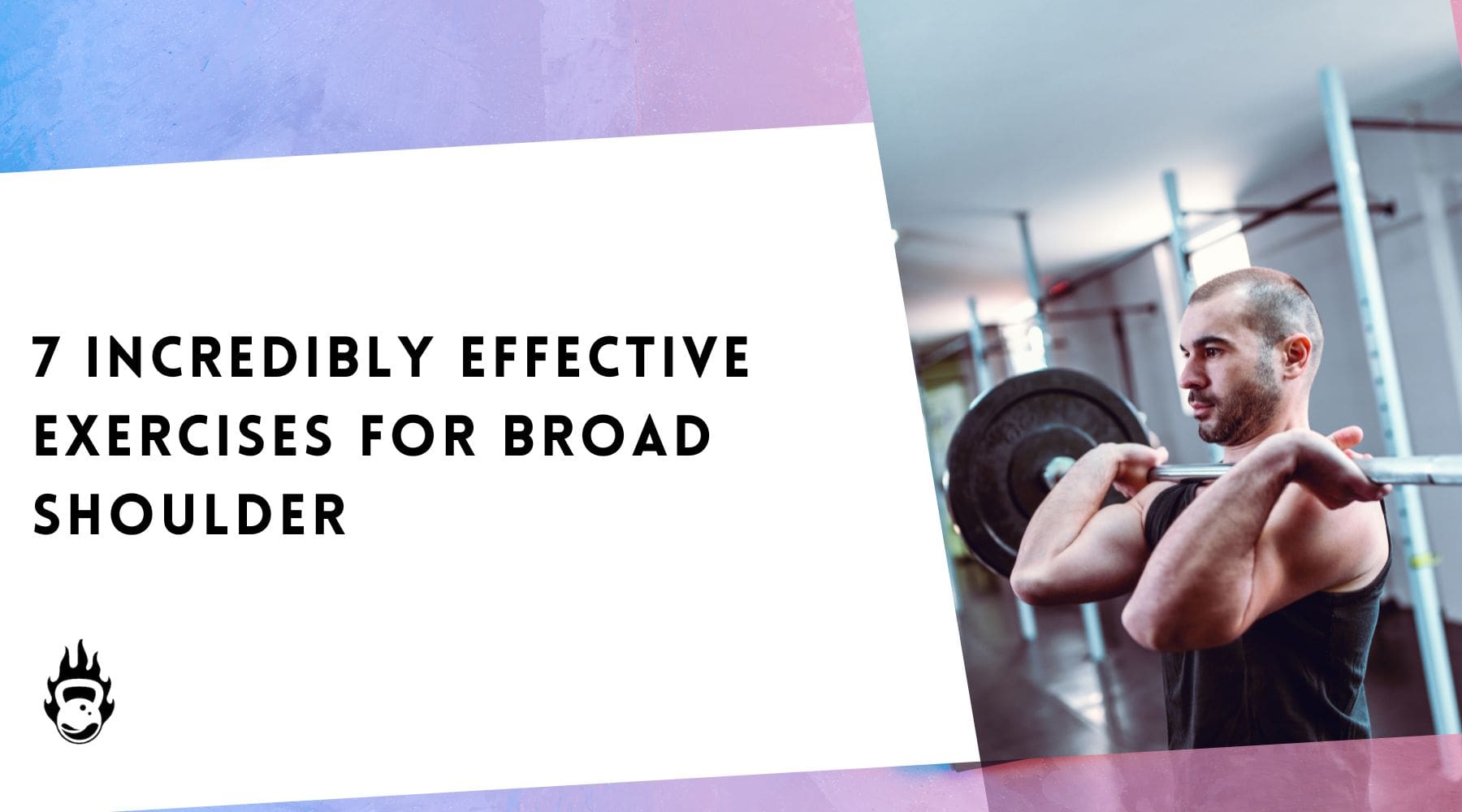
Leave a comment